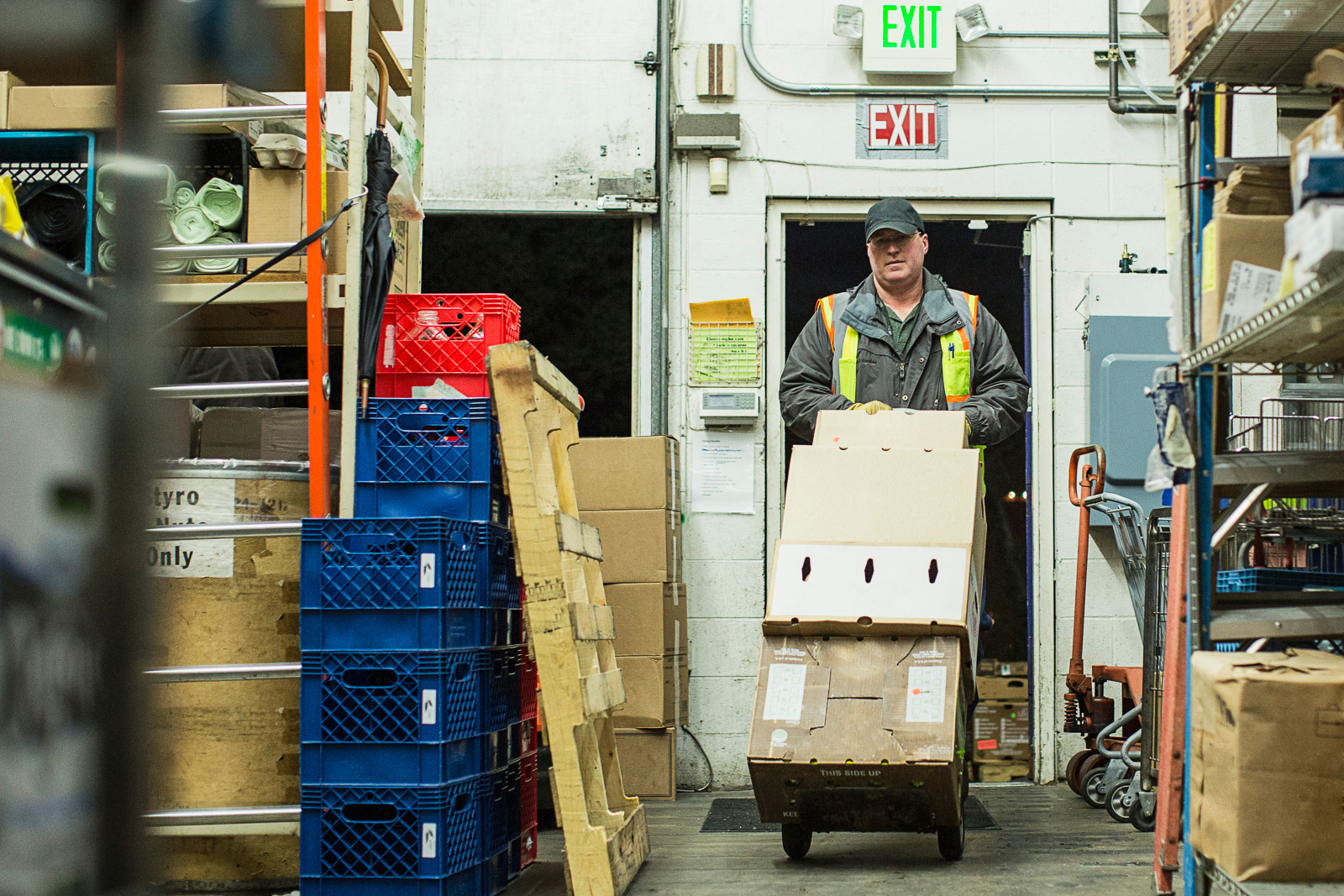Labor Shortages and Workforce Challenges
The Chains that Bind: Steering Through Workforce, Logistics, and Inflation Issues

The goal of our Imperative Issues Initiative, created and later revisited and updated by FMI — The Food Industry Association and Oliver Wyman, was to identify issues with the greatest potential to impact the food industry. But what happens when there are multiple, simultaneous issues that fall under the definition of imperative?
Unanticipated crises across economic, social, geopolitical, and health and wellness fronts have defined the past few years and, seemingly at least, the short-term future. In a 2022 update to the initiative, Oliver Wyman and FMI emphasized higher-urgency problems within macro, longer term imperative issues. Such problems need our collective industry attention; as nice as it would be to congratulate ourselves after continually pivoting to problem-solving and meeting demands, these priorities must be addressed in a triage-like manner.
Taking Stock of the Supply Chain
Although some of the most acute supply chain backlogs have eased since 2021 — when images of crowded ports and rail yards dominated news sites — the global supply chain continues to be constrained. From China’s sporadic lockdowns to the ongoing war in Ukraine to a dearth of truck drivers, global circumstances are affecting supplies and, eventually at store level, out-of-stock rates.
Restoring product availability is the highest-urgency priority of the imperative issue of supply chain disruption. Product availability topped the urgency rating in 2022 and is likely to dominate in the coming year, followed by the need of embedding greater resiliency in the system.
Of course, the industry has not been idle in its approach to restoring products to physical stores and digital shelves. Leading companies are using several levers to address supply chain transportation and logistics, such as deploying control towers and updated KPI assessments for greater visibility into the supply chain; optimizing carrier management and teaming with other companies to share freight; and building a connected, automated CPG and retailer network for better speed and service at a controlled cost.
Since partnerships are essential across the supply chain, FMI has also worked to help the industry restore equilibrium. Among other measures, FMI has advocated for trucking and transport legislation, codified best-in-class industry standards across performance metrics and created a framework to communicate supply by commodity/product family group so CPG suppliers and retailers have better visibility regarding supply and delivery status.

Employing Creative Tactics for Labor
Drive past virtually almost any community in the US and you will still see “Now Hiring” signs. The labor market in this country remains extremely tight, with an unemployment rate around 3.7%. Compounding the shrinking worker pool situation is the fact that 2.4 million people retired early during the COVID-19 crisis and there has been a 62% decrease in foreign-born immigration since 2019.
Our members are starting to rethink their workforce approach as the balance of power on labor has shifted. Such assessments are warranted, given the fact that the general labor shortage has been attributed to a desire for more flexibility, competitive compensation, and greater benefits. These drivers are not short term in nature either, as younger Millennial and Gen Z workers expect more from their jobs and their employers.
We have pinpointed the higher urgency of restoring access to frontline and skilled labor. To “re-stock”, so to speak, labor in stores as well as warehouse and distribution centers and manufacturing plants, breakthrough thinking and collaboration are required.
For example, in response to workers’ desire for greater work/life balance, food and retail industry employers can — and increasingly are — offering flexible scheduling programs. Mirroring the gig sector, technologies are emerging that enable employers to deliver on work/life balance with solutions like automatic scheduling platforms.
New talent pipelines are also advantageous for us to embrace, albeit once considered non-traditional pools, such as refugees, former military, or previously incarcerated individuals to integrate them into the US economy and become productive members of our communities.
It is also intuitive in this time of intense labor competition to consider compensation and benefits. Many retailers have addressed this proactively, widening benefits programs to include perks like tuition reimbursement, paid-time off, child care, and enhanced medical, dental and mental health support.
Ultimately for the long-term, restoring labor in the industry involves collaboration in enhancing the reputation and attractiveness of these roles within stores, DCs, plants and other work settings, which requires better communication about the opportunities and benefits.
The Ongoing Inflation Factor
Inflation quickly usurped the pandemic as an urgent issue among consumers and those who provide them with goods and services. With the US Consumer Price Index for foods for reaching levels not seen since 1979, price spikes have influenced consumer behavior and retailers’ and CPGs’ approach to pricing and promotions. Moreover, inflation has cascaded into labor and cost input challenges across an already-stressed supply chain.
Looking past the steady drumbeat of news about inflation and the odds for a recession in the next year and beyond, there are some opportunities to be pursued during this inflationary period to both stem losses and spur potential growth.
Our industry continues to do everything possible to address the supply chain, labor, and inflationary pressures and we embrace innovation to help future-proof the businesses we serve.
























